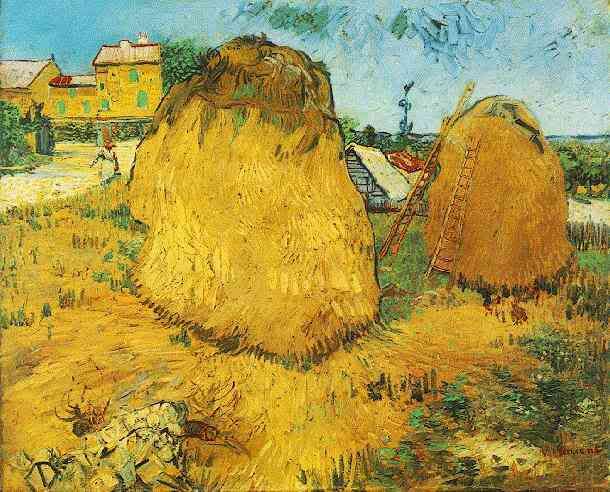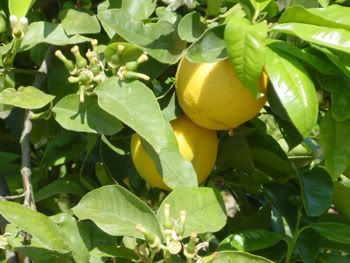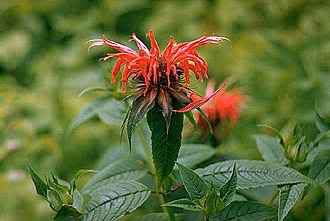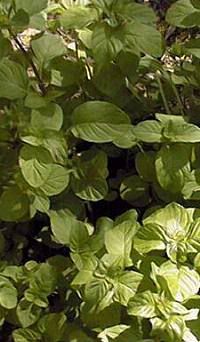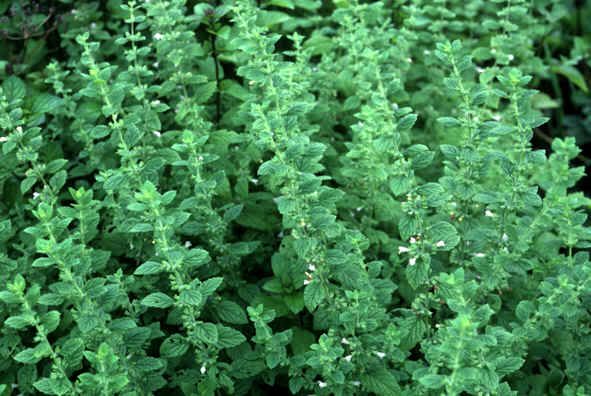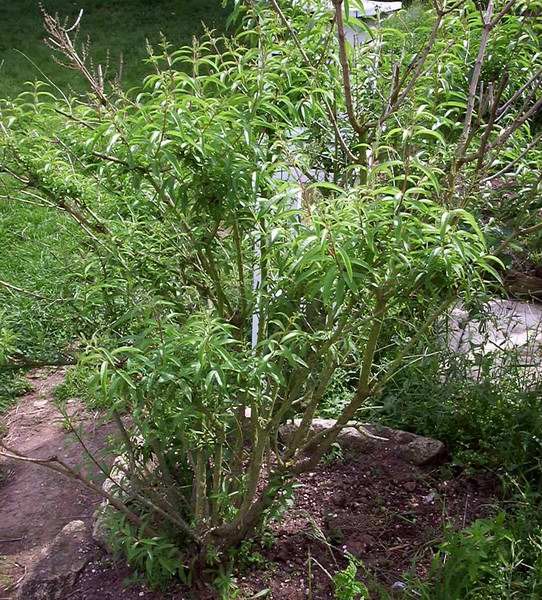I thought and thought about incense and how much I love it, and burn it in my home. But most of all I love my incense perfumes, my favorite being Luctor et Emergo by People of the Labyrinths. Here is a truly mysterious perfume that changes character with the time of day, humidity, skin chemistry, and even mood of the wearer. I think it's possessed by an old European ghost who has escaped his Danish castle.
So I visited my favorite site,
MakeupAlley (for its absolutely invaluable reviews), and asked around, and talked to my perfume cabinet (again), and consulted my livingroom pentagram (oops! didn't mean to bring THAT up), and here we are, with what may be the only current list of incensey perfumes.
First, the perfume name, then its maker, and finally a quote from at least one MakeupAlley reviewer (listed by their ID, not their real names). I left out Matthew Williamson's Incense perfume because (sob) it's been discontinued, and a few others because they either weren't reviewed or I couldn't find enough information about them to consider them an important part of this list.
Also, I'm not going to do anything ordinary like list notes. You can do that kind of research yourself at
Aedes, LuckyScent, LaCreme Beauty, LusciousCargo, and other online perfumeries. What moved me about the following particular MakeupAlley reviews were the perfume's impact on its wearer. Sometimes perfume takes us away to a far more interesting place, and it seems incense perfumes top the list in poetic, adjective-laden, and far away worlds:
#2 Spiritus / Land, Miller et Bertaux:
"kevisantal" says: Spiritus/Land conjures up the scents of -- rich, freshly tilled damp soil; burning twigs and leaves on a faraway breeze. The moment I put it on I thought: Nepal/Tibet...and could smell the damp stones of Buddhist and Hindu temples and the aroma of incense ashes.
Angelique Encens, Creed:
"Smellslikeleaves" says: I can understand why many find this to be a nostalgic fragrance--it seems almost as old as time itself. Immediately after spraying, this makes me think of a secret fountain in an old English garden. The fountain is a figure of an angel. Her features are crumbling with age, and she is covered with moss. There are some blooming flowers nearby, but the most prominent odor is coming from the fountain water. This fragrance is that odor, the odor of many fountains I've discovered in gardens of England, France, and other European countries. After 4-5 hours, it fades to a very soft incensey vanilla. This is a unique, masterful, mysterious, and incredibly evocative fragrance. I don't have any desire to smell like a fountain, but this is truly a work of art that must be experienced. It's the most poetic fragrance I've encountered so far--very much an emotional, "mood" fragrance. In fact, I wonder if human tears were included in the composition whenever I sniff my wrist.
Anne Bonny, Black Phoenix Alchemy Lab:
"impishnature" says: "Named in honor of the most notorious female pirate to ever set sail. Wicked, cruel, beautiful, intelligent, resourceful and dangerous: a true role model. A blend of Indonesian red patchouli, red sandalwood, and frankincense." It truly brings to mind an old pirate ship and an abandoned secret room hidden inside...it used to be full of opulent silks and wood, with pure frankincense burning for decades, but is now abandoned. Yet the rich, dark scents linger in the wood.
Avignon, Comme des Garcons: Incense Series
"kate8" says: At first, Avignon smells just like incense used in the Roman Catholic and Episcopal churches of my youth---it's wonderful! As it turns into the drydown, it becomes such a soft, warm, cozy incense that I've started wearing it to bed nearly every night. It's like a perfect blanket of scent, and so soothing.
Black Cashmere, Donna Karan:
"acushia" says: It has the presence of a censer filled with rare and esoteric incense - wood filled, spicy, arcane - tendrils of smoke gently drifting through the nave of a deconsecrated abbey. I also pick up a lot of benzoin in the EDP, and it just fills my head with amazing images - cathedrals, cemeteries, crypts, but also chanted rites, flaming torches and ancient wood.
Cathedral, Black Phoenix Alchemy Lab:
"paschat" says: Venerable and solemn: the scent of incense smoke wafting through an ancient church. A true ecclesiatical blend of pure resins
Ceremony, Norma Kamali:
"kirstylux" says: Ceremony smells like burning incense all right - primarily frankincense and myrrh. But to me there's too much of the ashy, smoky scent caused by the filler/binder used in cone and stick incense, which overpowers the resin of the incense itself. The static clears up a little bit in the drydown, but the fragrance remains very smoky. Comme des Garcons Avignon is a purer, cleaner Roman Catholic Church incense scent, if that's what you're looking for. I do think the Ceremony is a little bit sweeter, however, in spite of the characteristic bitterness of the myrrh - there's a touch of something almost vanillic in the drydown.
Costes, Hotel Costes:
"raspberryswirlgirl" says: Costes seems to smell differently on everyone from sandalwood to soap. For me, it's a very clean incensey fragrance...almost fresh. I'm sure it will be the summer's answer to my winter incense addiction. I didn't care for this one at first, but it somehow grew on me. And is still growing. Notes: coriander seeds, white pepper, laurel, oriental woods, incense, musk, and hints of rose.
Encens et Lavande, Serge Lutens:
"msp12" says: I am very fond of lavender as a home fragrance but never imagined that it would suit as a personal one. Well, Encens et lavande is a stellar composition. It begins with a typical sharp, sinus-decongesting burst of lavender, which quickly mellows into a romantic scent, as gentle as a whisper. And somehow I smell the entire plant, from bud to leaf and the soil in which it takes root. The incense is not overwhelming, and I am reminded not of the type burned in Roman Catholic churches but of something which was constantly used in the home of a childhood friend, who was of Taiwanese descent. The fragrance appears to wane within an hour, however, a subtle, even juicy, rejuvenation occurs, in which lavender and incense alternate positions of prominence.
Essence of John Galliano Room Spray, Diptyque: (yes it can be worn as a perfume)
"paschat" says: John Galliano room spray is a very evocative smell, and I can only describe it thus: when I lived in South Africa we owned a game lodge. At night, we would have dinner in the Boma (a bush kitchen/dining area) made of thatch and straw, and after dinner we'd sit around an enormous fire, made of various types of woods, including blue gum. The fire would crackle and roar, and I would listen to the night time sounds of the African bush - crickets and insects chirping, owls and other night birds squawking as they flew down to grab a mouse, frogs croaking noisily, Jackals baying and the occasional growl from a leopard. These are all special sounds, and I would sit at the fire until there was nothing left except glowing embers. By that time, the smoke, wood and fire had permeated my clothes with their unique smell, and that smell is bottled up in the John Galliano room spray.
Fumerie Turque, Serge Lutens:
"tournesol" says: Fumerie Turque isn't so much a scent as a place. Dab some on and you'll find yourself in the middle of a back-alley antiques and imports shop filled with old polished wood, silk and velvet cushions, pots of solid amber, unlit incense, and lots of porcelain. The drydown is resiny, smoky, and slightly sweet. I find this scent impossibly evocative and romantic. Wearing it feels like curling up safe, dry, and warm, in front of a roaring fire (real wood, of course, not gas), while a chill storm rages outside.
Incense, Norma Kamali:
"dragonfly00" says: This is incense of South America. As incense, copal resin is even today sprinkled on live coals held in braziers, from which dense black clouds of aromatic smoke resembling dark storm clouds rise up as offerings to deities. Among the northern Lacandón Maya of lowland Chiapas in southern Mexico: the most common offering is copal incense (pom), which is made from the resin of the pitch pine (Pinus pseudostrobus). This is intense stuff and Norma kamali's use of it in her Incense perfume is no less intense.
Incensi, Lorenzo Villoresi:
"dinazad" says: The moment the spray hit my skin I felt as if I had accidentally stumbled into a church where an ecumenic service was going on, with each religion burning as much incense as it possibly could manage. Instant incense overkill! Did somebody mention woods and spices among the headnotes? I never noticed them, they were bludgeoned to death by the incense. Fortunately, the scent mellowed fast, morphing into an incense both warm and cold: warm and comforting and as cool as the vaults of a great cathedral. I like incense, but do I really want to smell like a church? And then came the drydown. Divine. Warm and comforting. Somehow sexy. I nearly sniffed the skin off my wrists. I wanted to crawl into the scent and live and die there in perpetual bliss. Every girl needs a bit of religion every now and then. And bliss.
Inner Sanctum, Dawn Spencer Hurwitz:
"tressab" says: It is a mood scent to me...slightly melancholy, sexy, rainy. The rose smells wet and cool and blends in nicely with the other scents. This is one of my favorite incense smells. I love gothic novels, and I imagine my gothic heroine smelling of this after riding horses through the rain and coming in to warm by the fire...cool, wet, and smoky.
Jailsalmer, Comme des Garcons: Incense Series
"keeter" says: This is blended magically and seamlessly with the dry sweetness of Indian trade route spices, which are predominated, particularly in the top notes, by cinnamon. Whenever I wear this, I am transported to a make-believe desert journey, accompanied by the syncopated clop-clop of the hand drums in Nat King Cole’s simply dreamy rendition of Caravan… “Night and stars above that shine so bright, the mystery of their fading light, that shines upon our caravan… Sleep upon my shoulder as we creep, across the sand so I may keep, the memory of our caravan…”
Jicky, Guerlain:
"Liv24" says: A crisp opening of bergamot sets off this composition, enhancing the clarity of the ensuing notes of beautiful lavender entwined with rosemary, lemon zest, and mandarin. It's wonderfully clean and herbaceous at this stage and makes me think of terribly good northern Italian food, which necessitates the finest simple ingredients of Tuscan bread, zesty cheeses, and fresh herbs. As vanilla, sweet incense, and musk bubble up from the base, they add warmth and just a hint of sweetness, providing a carefully achieved delectable quality. A truly ageless scent, Jicky is subtle and refined without ever being formal or fussy.
Kyoto, Comme des Garcons: Incense Series
"perrier" says: I've never found an incense scent that smells so clean. No smoke or embers, just pure cedar, a bit of pine and vetiver. Like walking into a forest, it is simultaneously calming and refreshing – it clears your mind and makes you breath deeply.
Luctor et Emergo, People of the Labyrinths:
"naiad" says: This is the scent of the Crusade. It is church incense mixed with the worldliness of the exotic foods and scents of other cultures. Even a non-fan would have to declare Luctor et Emergo "interesting." A little too much for work, but, for art shows, late night trips for coffee and a book... this is what trails in my wake.
"lipaholic" says: It has so many different facets which continue to evolve throughout the day. The first stage is a woody incense, not too masculine or smoky. It proceeds to a true almond scent, capped off lightly with just a tinge of floral or grass. I think this triggers something in my olfactory memory of being in the upstairs of my grandmothers house...the warm sun pouring in, heightening the smell of wood furniture with a pleasant, comforting musty type of aroma. As soon as I applied this, an aura of deja vu engulfed me. I am in love with this whiff of my past.
"peachygurl" says: When I bought this, I liked the fact that it smelled like delectable cherries and sweet almonds fused together to make a candy treat. To my surprise a slight note of incense sprung up when I was in the airconditioning. Then I realised one thing: this perfume changes its scent with the humidity! And it is constantly evolving on the skin. The men love this, someone once commented to me that it is a very sensual, delicious, yet sophisticated mystery.
Messe de Minuit, Etro:
"DanielleWilliams" says: It is eerie and intense, unmistakably dark and dreary. One spritz takes me to the catacombs of Palermo, Sicily, which were dark, dusty, dense and tightly packed with hundred year old corpses. It was a fabulous experience, this fragrance is a haunting reminder. It compliments my morbidity quite well. For those less morbid, this could also be reminiscent of a gothic cathedral or an ancient library... or even an attic, packed with antiques and faded memories.
Ourzazate, Comme des Garcons: Incense Series
"smellslikeleaves" says: Although all CdG's are unisex, this would be the most "feminine" because of its sweetness. It's very warm, spicy (the nutmeg is prominent), and almost beachy--it makes me think of bleached white wood that you often find on beaches (and perhaps also in the desert? I've never been to one). For some reason it evokes those beautiful Southwestern paintings by Georgia O'Keeffe, of white wood and clean animal skulls.
Parfume Sacre, Caron:
"Marianne" says: In the beginning I smell the peppery notes, and the spices... I felt like I had been playing in the kitchen! But the pepper was just perfect... my nose is very sensitive and I didn't feel the urge to sneeze... Then the myrrh and cedar, which are the "incense" notes start to emerge, and there is a very nice delicate balance of culinary delight and spiritual incense. The florals are lost to me... they must be muted with the deeper, more pungent dominant notes, as I could not detect them well. Finally, in the final drydown the vanilla gives a bit of gentle sweetness to the fragrance, but doesn't overwhelm with over-sweetness.
Passage d'Enfer, L'Artisan:
"snakeskin" says: This is beautiful, graceful--even the cedary note is soft--I guess that's the aloe wood. It dries down majestically, becoming less cedary and more lily-like, and fading to light musk at the end. Beautiful, unusual, described by my husband at various times as "rich," "formidable," and "intoxicating--it makes me want to bite you."
Regina Harris Perfume Oil, Regina Harris:
Thisbe says: This is a dark scent. At first, I was not impressed and was slightly reminded of potpourri. But as the day wore on I liked it more and more. It’s a base of frankincense and myrrh, complimented with rose maroc. I get a deep sense of honey on my skin that I find so comfortable and soothing. I find the overall feel of the fragrance is thoughtful. I became reminiscent, thinking of days long past. I had pictures in my head of going through an old hope chest on a cool, rainy afternoon, and searching through a once young girl’s little treasures from life.
Sautes D'Humeur A Rien, L'Artisan: (only available in a boxed set of five "mood" fragrances)
"keeter" says: D'Humeur A Rien (Spiritual Mood) somehow replicates the experience of a gothic castle. The chilly air, vaulted ceilings, cold grey stone, and forbidding marble. The eerie sense of quiet awe and ethereal echoes that surrounds you. The smell of enveloping fog and overcast skies, silently washing the entire vision in grey.
Shaal Nur, Etro:
"freskagirl" says: When I spray this on, I get lemon (not super-tart, but a mellow lemon) and a slight whiff of dry woodsiness. Then incense--a churchy incense--combines with the lemon. Normally, I think of church incense as somewhat "cool", but the lemon seems to warm this up (there's a touch of spicy sweetness in there, too).
Tolu, Ormonde Jayne:
"dreamstorm" says: Tolu is an exquisitely crafted scent, one of the most gorgeous that I own. It starts off with a burst of citrus, which is a little sharp on my skin, but then quickly settles into a delicious, resin-laden delight. I smell old books, amber incense blocks, rolled up persian carpets, sandalwood trinkets -- it's all of these things, but somehow at the same time, incredibly *sexy.*
Twelfth Night, Dawn Spencer Hurwitz:
"clearing" says: I smell mosses and trees, patchouli and incenses. It's very dark and loamy. It's very Northwest Washington and the Pacific Rain Forest. It's what you might smell from an overhang above the bay as the fog is lifting and you see the fishermen slowly approaching from their night on the ocean.
Xiuhtecuhtli, Black Phoenix Alchemy Lab:
"desiree_e" says: Light citrus but incensy and a little bit dark. On me, it was very dry, woody, smoky with the faintest hint of citrus.
Zagorsk, Comme des Garcons: Incense Series
"keeter" says: If you could stand in the middle of a siberian forest in the deep of night in midwinter, surrounded by pine and birch trees yielding to the weight of snow, with pine cones and pine needles strewn across the otherwise unbroken surface of crystalline snow, you would know the feeling of CdG Zagorsk. In a place like this, filled only with silence and moonlight and wonder and awe, the stillness is so palpable you could smell it, you could bottle it, and you could breathe it.


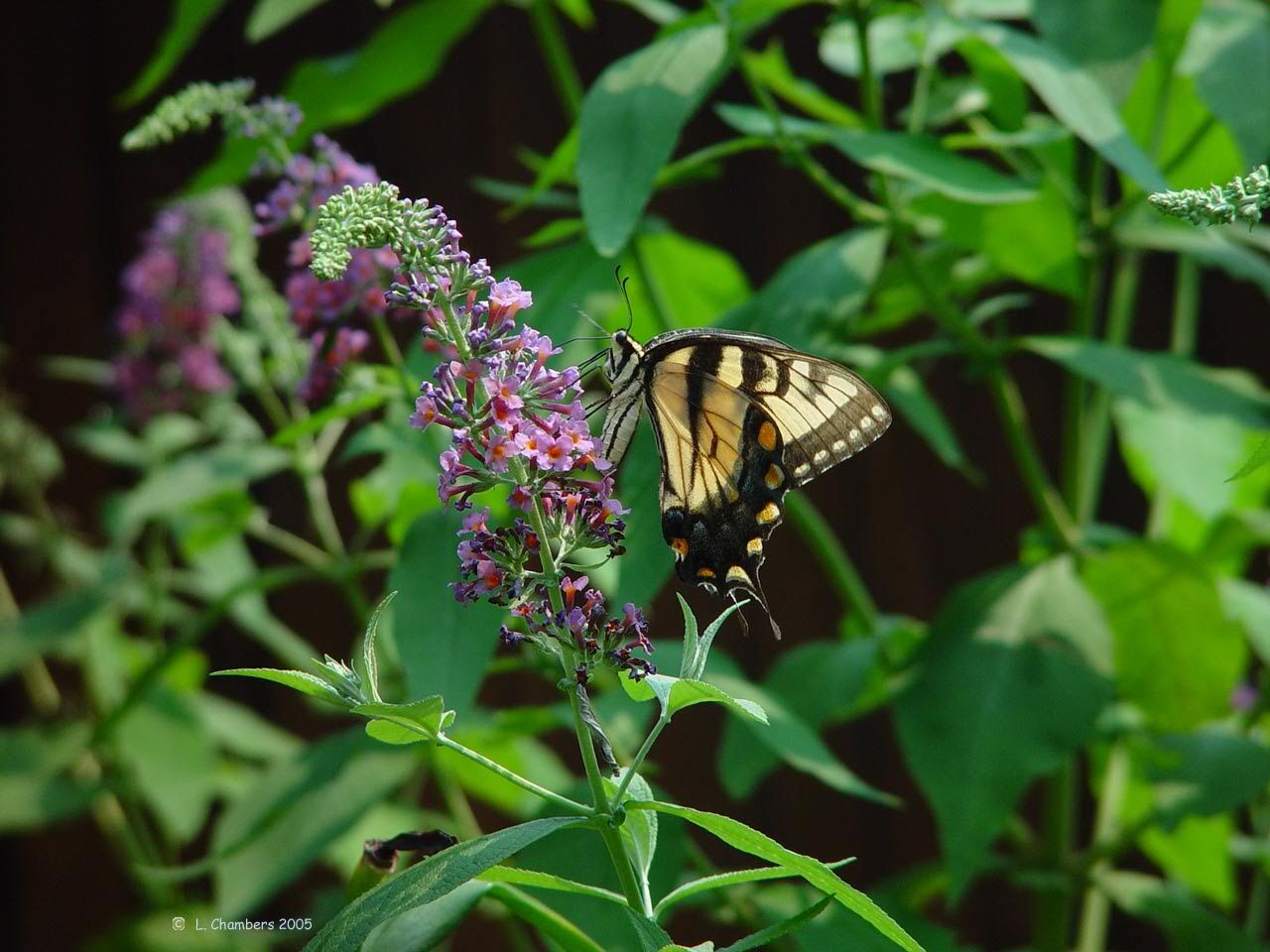
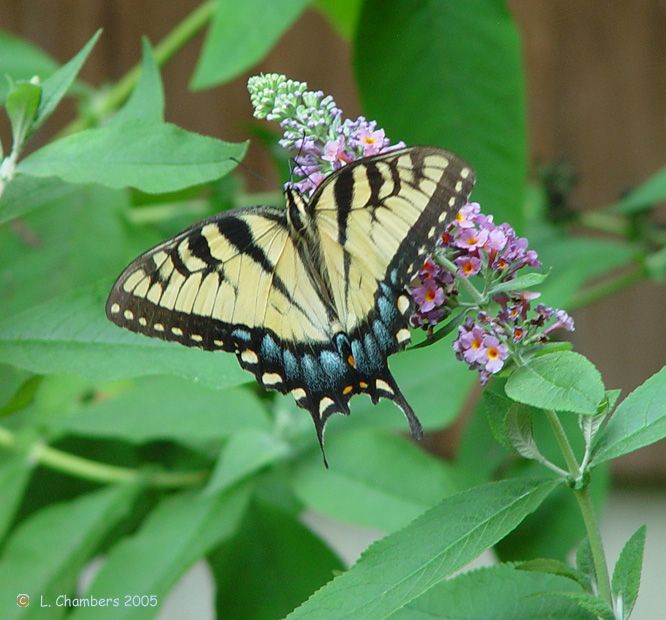
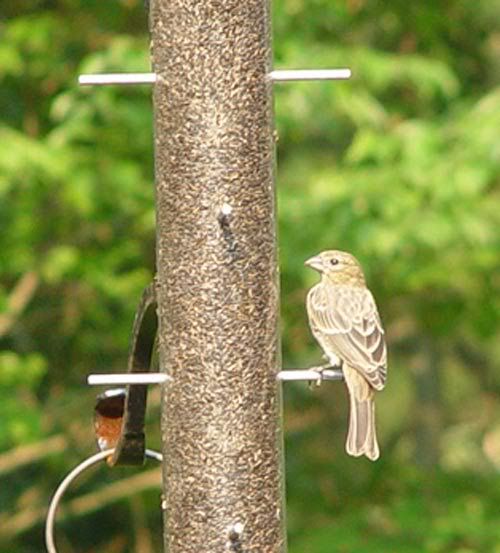
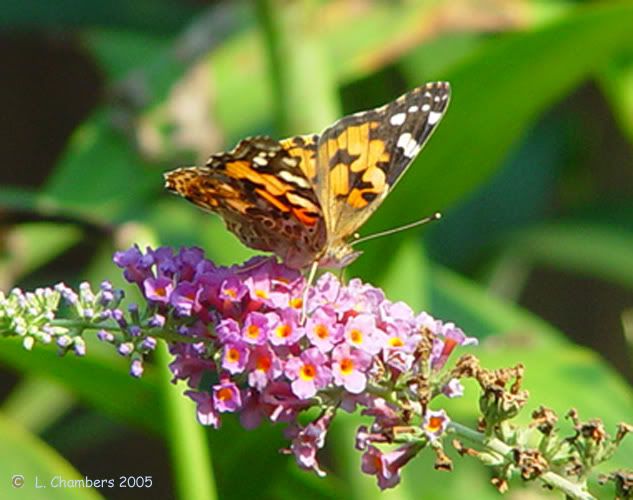
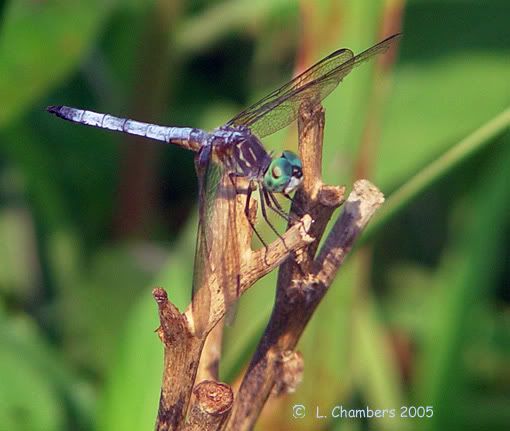
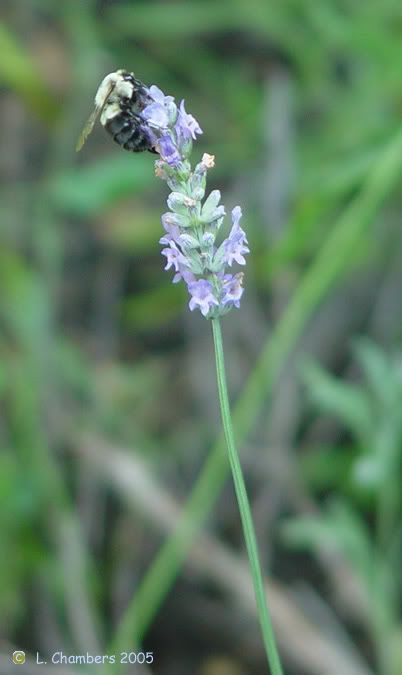

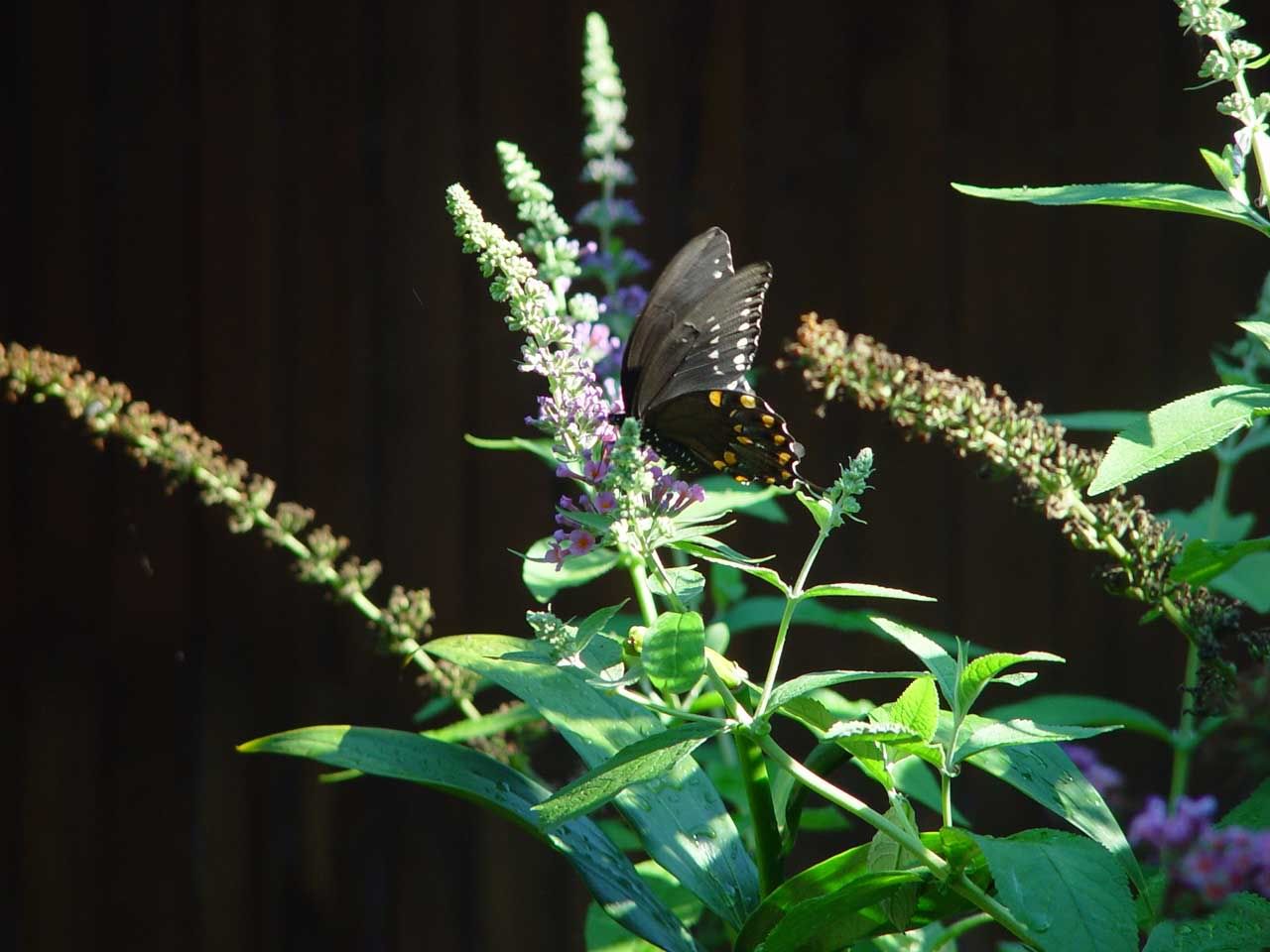
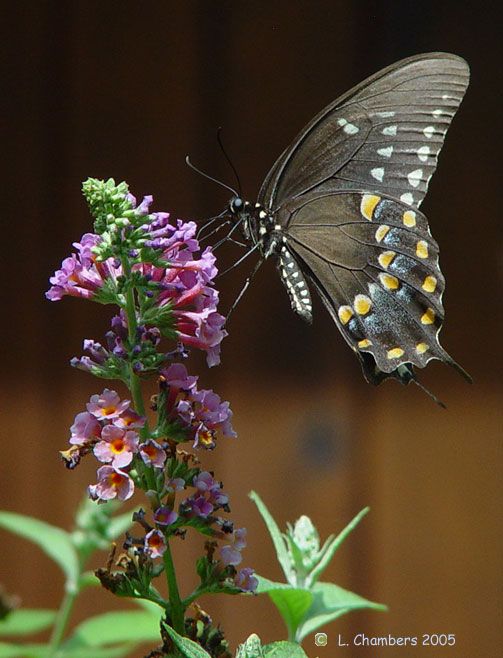
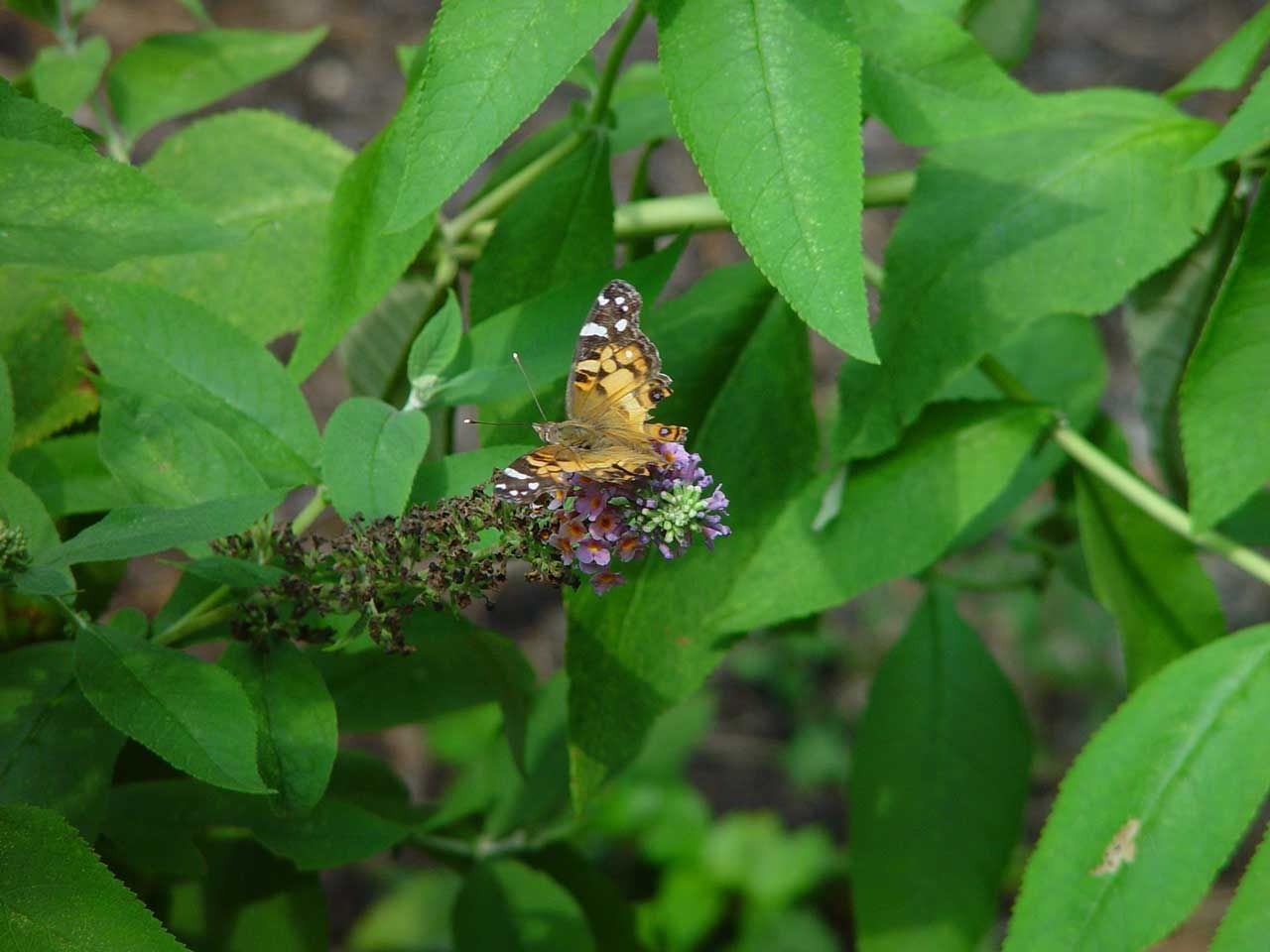
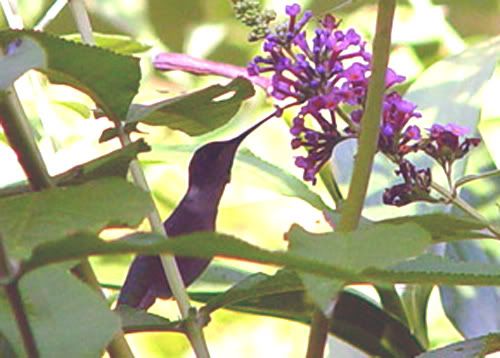
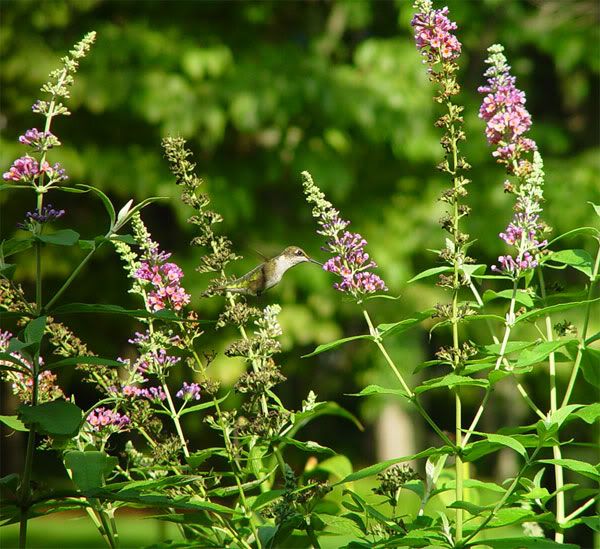
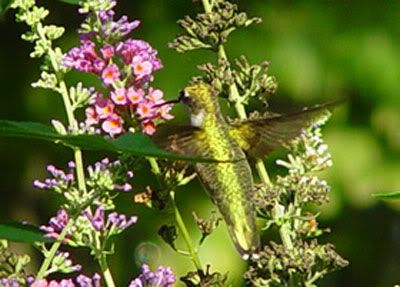
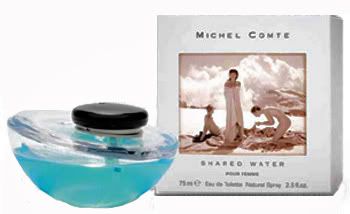 1. The bottle is STUNNING!! You see the black piece on top? You press that, and it sprays perfume upward. So I put my wrist on the black cap and pushed, and voila, I had perfume on my wrist. The bottom is round, not flat, so the bottle rocks and the aqua colored perfume looks very "marine" LOL.
1. The bottle is STUNNING!! You see the black piece on top? You press that, and it sprays perfume upward. So I put my wrist on the black cap and pushed, and voila, I had perfume on my wrist. The bottom is round, not flat, so the bottle rocks and the aqua colored perfume looks very "marine" LOL. I thought, "Aha! I have cracked the mystery of its name. I understand like no other person on earth, why it's called Chinatown." After all, other reviewers had decreed the stuff 'sweet cakey poison' (and other nauseating adjectives) -- but I, and ONLY I, had found its lemony-sweet, crisp vanilla fortune-cookie heart. And metal. Hmm. And an insane resemblance to
I thought, "Aha! I have cracked the mystery of its name. I understand like no other person on earth, why it's called Chinatown." After all, other reviewers had decreed the stuff 'sweet cakey poison' (and other nauseating adjectives) -- but I, and ONLY I, had found its lemony-sweet, crisp vanilla fortune-cookie heart. And metal. Hmm. And an insane resemblance to  Nose to wrist again. I find the lemony-peony-peach flowers, and earthiness, have combined with yet another aromatic accord that is brilliantly cheerful and luxurious. As time progresses, the powderiness identifies itself as a sultry woods, gardenia and tuberose accord that bloom together like white flowers in a dense, dark night. They are as bright as a full white moon on a black sea. I begin to think of antique wooden Chinese ships at sea, loaded with silks and fragrant with spices, heading into port. And Chinatown begins to take shape in my mind, not as a part of New York City, but rather as an impression of China, and luxury, and beauty.
Nose to wrist again. I find the lemony-peony-peach flowers, and earthiness, have combined with yet another aromatic accord that is brilliantly cheerful and luxurious. As time progresses, the powderiness identifies itself as a sultry woods, gardenia and tuberose accord that bloom together like white flowers in a dense, dark night. They are as bright as a full white moon on a black sea. I begin to think of antique wooden Chinese ships at sea, loaded with silks and fragrant with spices, heading into port. And Chinatown begins to take shape in my mind, not as a part of New York City, but rather as an impression of China, and luxury, and beauty. 
 What the perfumer says: Top notes of bursts of peach blossom (a mystic fruit in Chinese Mythology that Taoists consider the elixir of life. The midnotes are an intoxicating cross-cultural bouquet; Peony (known as Sho Yo, or Most Beautiful, the Chinese flower of love, luxury, and indulgence), blended with creamy-sweet gardenia (the flower Billie Holiday wore in her hair) and sultry tuberose (known in the Western World as the Mistress of the Night), and mouth-watering patchouli, which adds a spiky note to the other florals. The lingering basenotes are cardamom (an ancient spice from the East, long used as a condiment) and dark woods (recalling the scent of Chinese inlaid lacquered boxes).
What the perfumer says: Top notes of bursts of peach blossom (a mystic fruit in Chinese Mythology that Taoists consider the elixir of life. The midnotes are an intoxicating cross-cultural bouquet; Peony (known as Sho Yo, or Most Beautiful, the Chinese flower of love, luxury, and indulgence), blended with creamy-sweet gardenia (the flower Billie Holiday wore in her hair) and sultry tuberose (known in the Western World as the Mistress of the Night), and mouth-watering patchouli, which adds a spiky note to the other florals. The lingering basenotes are cardamom (an ancient spice from the East, long used as a condiment) and dark woods (recalling the scent of Chinese inlaid lacquered boxes).

